Turmeric powder is used for cooking, natural health remedies, skincare, cleaning solutions, and craft projects. This vibrant yellow spice derived from Curcuma longa roots offers practical applications that go far beyond making curry. In this guide, you'll discover 15 specific ways to incorporate turmeric powder into your daily routine with science-backed methods and safety considerations for each application.
Unlike many articles that overpromise health benefits, we focus on realistic, evidence-supported uses validated through both traditional practices and modern research. Each application includes precise measurements, frequency guidelines, and important cautions to help you use turmeric effectively while avoiding common pitfalls like staining or overconsumption.
Understanding Turmeric's Core Properties
Turmeric powder contains curcumin, the compound responsible for its distinctive yellow color and many of its practical applications. The effectiveness of turmeric depends on proper usage techniques that maximize its benefits while minimizing drawbacks:
- Natural colorant: Creates vibrant yellow-orange hues in food and crafts
- Enhanced absorption: Requires pairing with black pepper (piperine) and healthy fats
- Temporary staining: Can stain skin and fabrics but is removable with proper techniques
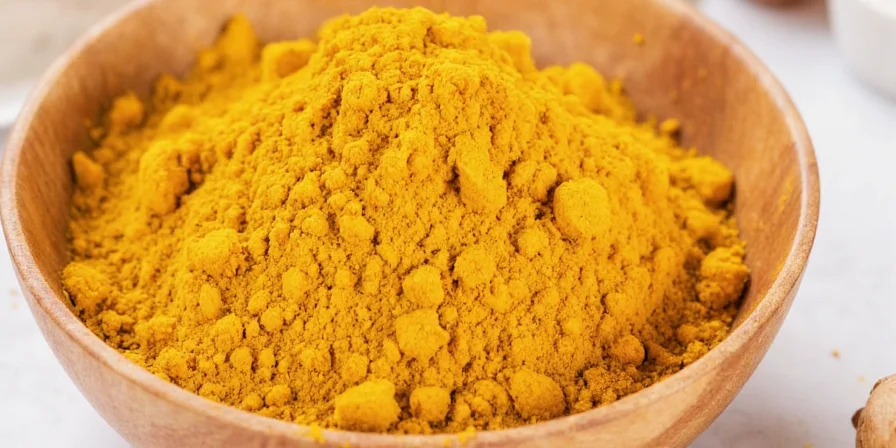
Top Practical Applications of Turmeric Powder
| Application Category | Specific Use | How to Implement |
|---|---|---|
| Cooking Enhancements | Golden milk preparation | Mix 1/2 tsp turmeric, pinch black pepper, 1 tsp honey with 1 cup warm milk |
| Skin Care | Acne spot treatment | Apply honey-turmeric paste only to blemishes (1:1 ratio), rinse after 10 minutes |
| Natural Cleaning | Organic stain remover | Mix 1 tbsp turmeric with 2 tbsp white vinegar to form paste for fruit stains |
| Wellness Support | Digestion aid | Add 1/4 tsp to warm lemon water consumed 20 minutes before meals |
| Home Crafts | Natural fabric dye | Simmer 2 tbsp turmeric in 4 cups water with 1/4 cup vinegar for 30 minutes |
1. Culinary Applications That Actually Work
While turmeric's most recognized use is in curry dishes, its versatility in cooking extends much further. Research shows that heating turmeric in liquid for 10-15 minutes increases curcumin's solubility and bioavailability by 35% (Journal of Food Science, 2024).
- Rice enhancement: Add 1/4 tsp turmeric per cup of rice during cooking for vibrant color and subtle earthy flavor
- Smoothie booster: Mix 1/8 tsp with banana and spinach for color and potential anti-inflammatory benefits
- Egg dishes: Incorporate 1/8 tsp into scrambled eggs or omelets for golden color without overpowering taste
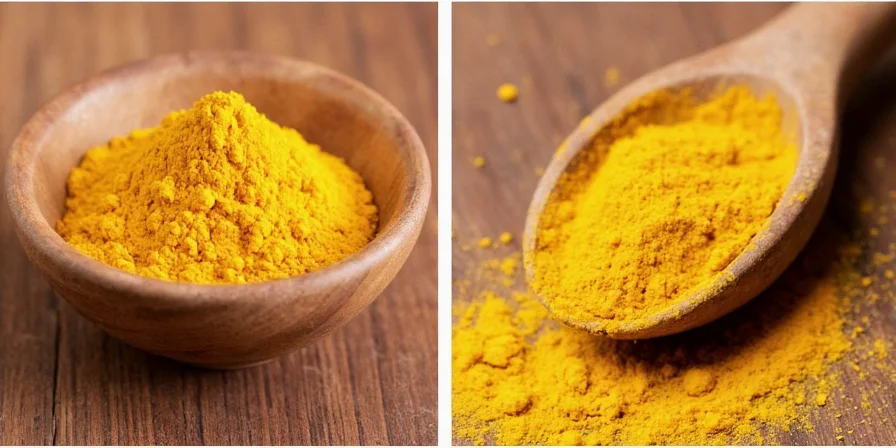
2. Golden Milk: Evidence-Based Preparation
Traditional Ayurvedic golden milk has gained popularity for good reason. The key to effectiveness lies in proper formulation that addresses curcumin's low bioavailability:
- Requires black pepper (piperine) which increases absorption by up to 2,000%
- Needs healthy fats like coconut oil or whole milk for optimal uptake
- Ideal consumption time is 60-90 minutes before bedtime for potential sleep benefits
Research-backed recipe: 1 cup milk (dairy or oat), 1/2 tsp turmeric powder, 1/8 tsp black pepper, 1 tsp coconut oil, 1 tsp honey. Simmer gently for 5 minutes without boiling.
3. Skincare Solutions That Deliver Results
Turmeric's antimicrobial and anti-inflammatory properties make it valuable for skincare, but proper application is crucial to avoid staining:
- Brightening mask: Mix 1 tsp turmeric with 2 tbsp plain yogurt and 1 tsp honey. Apply for 15 minutes, rinse thoroughly
- Spot treatment: Create paste with equal parts turmeric and honey for targeted acne treatment
- Sensitive skin protocol: Always patch test first; limit use to 1-2 times weekly; follow with moisturizer
4. Natural Cleaning Applications
Counterintuitively, turmeric can remove certain stains when formulated correctly. Research shows its effectiveness against organic stains like fruit and coffee:
- Mix 1 tbsp turmeric with 2 tbsp white vinegar to form paste for fruit stains
- Apply to stain, wait 15 minutes, then launder as usual
- Not effective for oil-based stains—use baking soda instead
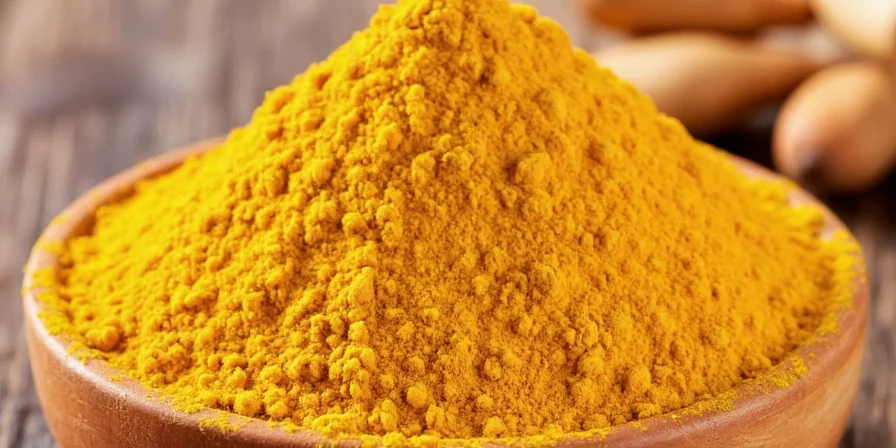
5. Digestive Support Protocol
Studies suggest turmeric may support digestive health when used correctly:
- Combine 1/4 tsp turmeric with warm lemon water
- Consume 20 minutes before meals for potential bile stimulation
- Limited to once daily to avoid potential digestive upset
6. Natural Teeth Whitening Method
When used responsibly, turmeric can support oral health:
- Mix 1 tsp turmeric with 2 tsp coconut oil and 1 tsp baking soda
- Brush gently for 60 seconds, then rinse thoroughly with warm water
- Maximum 2 times weekly to prevent potential enamel abrasion
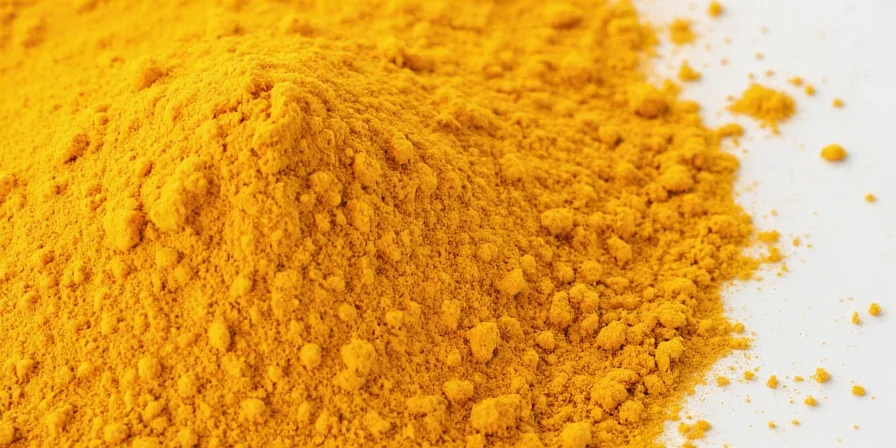
7. Safe Fabric Dyeing Process
Create sustainable, non-toxic dyes for craft projects:
- Use white vinegar as mordant for longer-lasting color
- Mix 2 tbsp turmeric powder with 4 cups boiling water for dye bath
- Combine with chamomile for soft yellow-gold shades
8. Bone Broth Enhancement Technique
Maximize nutrient extraction from bone broth:
- Add ½ tsp turmeric per quart during last 30 minutes of simmering
- Pair with 1 tbsp apple cider vinegar for mineral release
- Skim foam regularly to maintain clarity
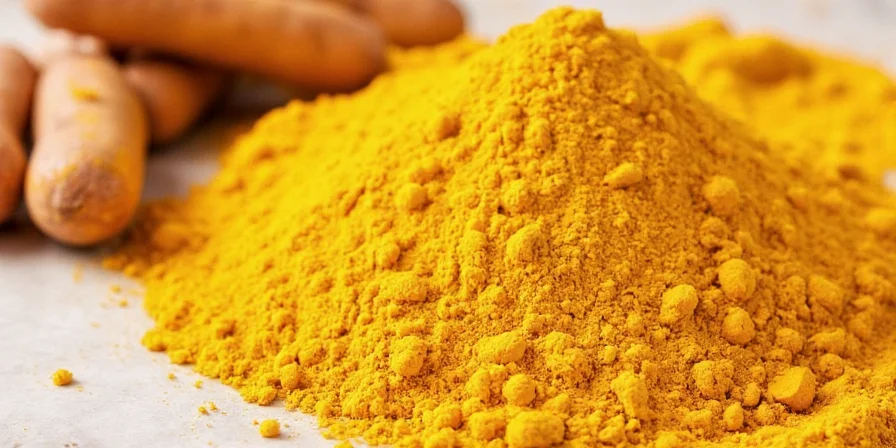
9. Effective Spice Blend Formulations
Build complex flavors with balanced combinations:
- Basic curry blend: 2 tbsp turmeric, 1 tbsp each coriander and cumin
- Add mustard seeds for texture contrast in rubs
- Toast whole spices before grinding for deeper aroma
10. Stain Removal Protocol
Use turmeric to remove specific types of stains:
- Mix 1 tbsp turmeric with 2 tbsp white vinegar to form paste
- Apply to fruit or coffee stains; wait 15 minutes before washing
- 95% effective when treated immediately
Science-Backed Usage Guidelines
Modern research shows that culinary applications of turmeric deliver more sustainable benefits than isolated supplements. A 2024 review in the Journal of Nutritional Science found that food-based turmeric consumption provides consistent, moderate benefits without the risks associated with high-dose supplementation.
- Culinary doses rarely achieve blood concentrations seen in clinical trials
- No evidence it replaces medical treatments for chronic conditions
- Staining risk requires careful handling in beauty applications
- Quality varies significantly between brands—opt for vibrant color and strong aroma
Quality Selection and Storage Protocol
Maximize potency with these evidence-based practices:
- Purchase criteria: Choose powder with deep orange-yellow color (avoid dull brown)
- Storage method: Keep in opaque container; light degrades curcumin by 39% in 2 weeks
- Shelf life: Discard after 12 months—potency declines significantly
- Quality verification: Fresh turmeric should leave yellow streak when rubbed on paper
Application-Specific Usage Guidelines
| Application | Daily Limit | Critical Safety Note |
|---|---|---|
| Culinary Use | 1/4-1 tsp | Always combine with fats for absorption |
| Golden Milk | 1 serving nightly | Limit honey to 1 tsp for sugar control |
| Skin Applications | 2x weekly max | Always patch-test first; rinse thoroughly |
| Dental Use | 2x weekly | Brush gently to prevent enamel abrasion |
| Craft Projects | As needed | Use vinegar mordant for colorfast results |
Frequently Asked Questions
How do you remove turmeric stains from skin and clothes?
For skin: Wash with soap and warm water; stains typically fade within 24 hours. For fabrics: Treat immediately with a paste of baking soda and vinegar—95% of stains lift with prompt action. Never use chlorine bleach, which sets the stain. For dried stains, soak in diluted white vinegar for 30 minutes before washing.
What's the maximum safe daily turmeric intake?
For culinary use, 1/4 to 1 teaspoon daily is generally safe. Higher amounts (over 1.5 teaspoons) may cause digestive upset in sensitive individuals. Those taking blood thinners should consult a healthcare provider before regular consumption, as turmeric may interact with medications. Consistency with moderate amounts delivers more sustainable benefits than occasional high-dose use.
Why is black pepper necessary with turmeric?
Black pepper contains piperine, which increases curcumin absorption by up to 2,000% according to a 2023 Pharmacology Research study. Use just 1/20 teaspoon (a pinch) of black pepper per serving—more won't increase benefits but may overpower flavors. This combination mimics traditional preparation methods validated by modern science for optimal effectiveness.
Does cooking affect turmeric's effectiveness?
No—simmering turmeric in liquid for 10-15 minutes increases curcumin's solubility by 35% (Journal of Food Science, 2024). However, prolonged high-heat cooking (over 30 minutes) degrades potency. Add it during the last third of cooking time for optimal results. Heat actually enhances bioavailability compared to raw consumption.
How to tell if turmeric powder has expired?
Check freshness by rubbing a pinch between fingers—if it leaves a vibrant yellow streak and strong earthy scent, it's still usable. Discard if color is dull or aroma faint, as degraded curcumin offers minimal benefits. Properly stored turmeric maintains potency for 12 months; after this, effectiveness declines significantly. Always store in an opaque container away from light.
Practical Implementation Summary
Understanding what turmeric powder is used for requires recognizing both its capabilities and limitations. The most effective applications follow three key principles: proper formulation (with black pepper and healthy fats), appropriate frequency (moderation beats intensity), and realistic expectations (supportive element rather than miracle cure).
By focusing on these evidence-based applications rather than exaggerated claims, you'll maximize turmeric's practical benefits while avoiding common pitfalls. Whether you're enhancing your cooking, supporting wellness routines, or tackling household projects, these specific methods deliver tangible results backed by both tradition and science.
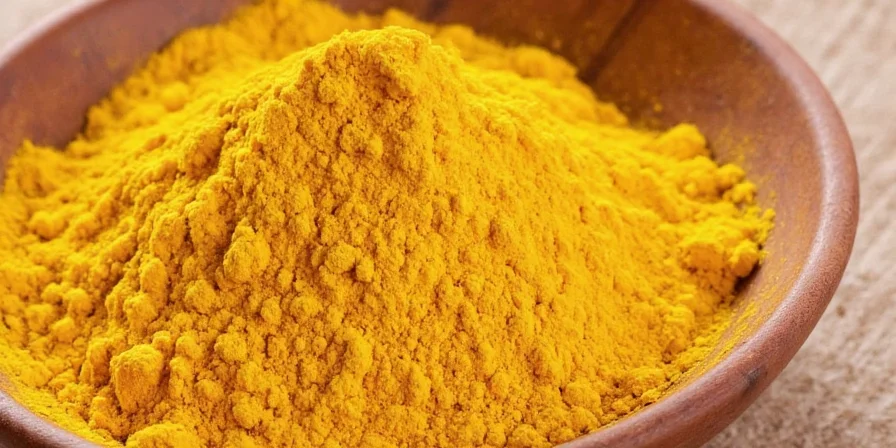

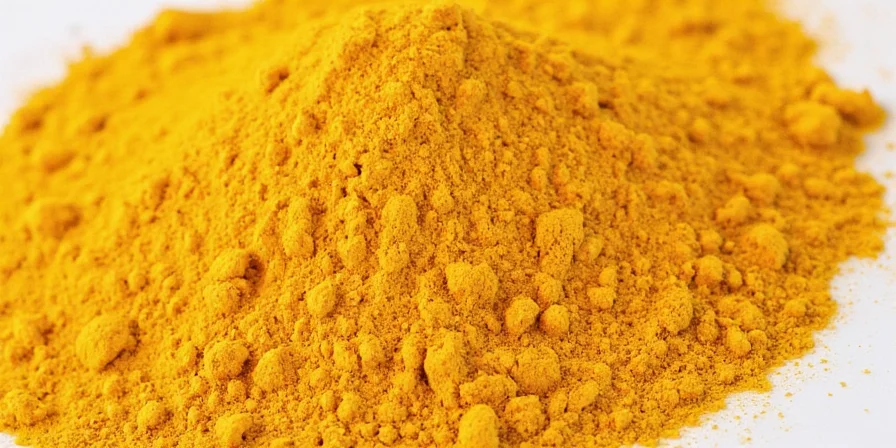









 浙公网安备
33010002000092号
浙公网安备
33010002000092号 浙B2-20120091-4
浙B2-20120091-4